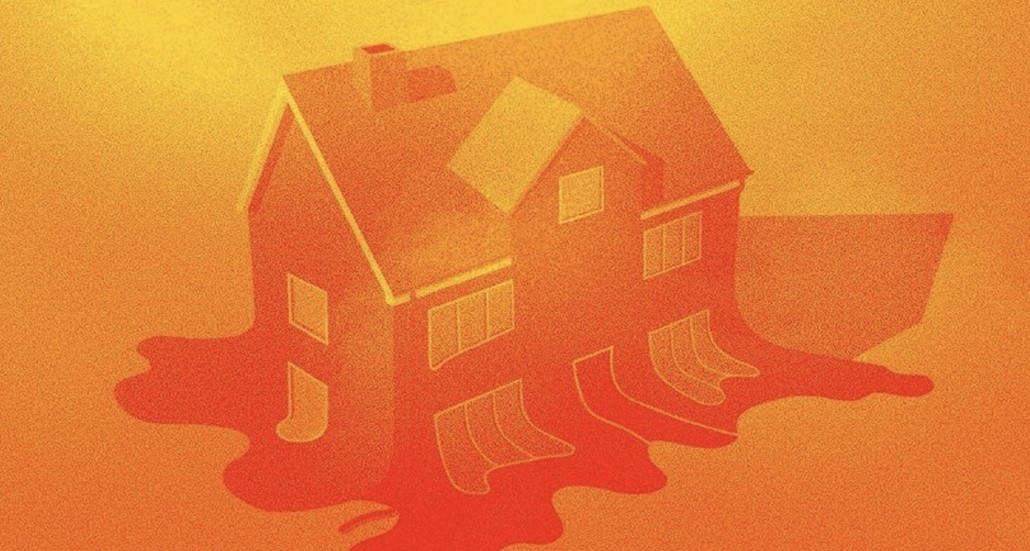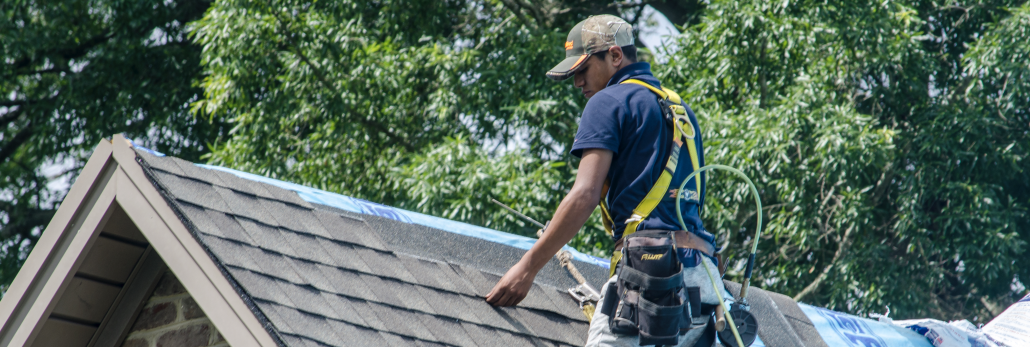‘The Housing Market’s Going Nowhere Fast’: This Strange Summer Slump, Explained

Jul 6, 2023
As the mercury rises, will the housing market heat up—or continue to slump?
The story of the housing market over the past year or so has been how rising mortgage interest rates have decimated affordability, sidelining and pricing out would-be homebuyers. However, higher rates have led to an even larger problem: a worsening shortage of homes for sale.
Homeowners have been reluctant to trade up or down, or relocate and give up their record-low mortgage rates. That’s left buyers with very little to, well, buy.
“The housing market’s going nowhere fast,” says Mark Zandi, chief economist of Moody’s Analytics. “It should be a weak summer.”
“From a buyer’s perspective, it couldn’t be worse. Mortgage rates are high, home prices are high, there’s no inventory,” he says.
It’s not exactly smooth sailing for sellers either. While they’re still in the driver’s seat thanks to the worsening housing shortage, they’re unable to command the high prices of just a year ago. Buyers simply can’t afford to offer as much now that higher rates have resulted in substantially larger mortgage payments due each month.
In other words, buyers are struggling to afford purchasing a home, if they can even find one that meets their needs. Homeowners who would like to trade up or down or relocate are stuck. And sellers can no longer name their price. So the housing market has stalled.
“The summer is going to plod along” slowly and steadily, predicts national real estate appraiser Jonathan Miller. “It’s going to be more of a Goldilocks summer—not too strong and not too weak.”
Problem No. 1: There aren’t enough homes for sale
The biggest challenge confronting the summer housing market is there simply aren’t enough homes for sale.
The number of new listings is down 25.7% from June 2022 and down 28.8% from June 2019, according to Realtor.com® data. And while there are technically more homes for sale than there were a year ago, this is because some properties just aren’t selling.
These are the fixer-uppers, the oddly configured homes, the ones lacking curb appeal, the homes with unrealistically high price tags, the properties that aren’t ideally located. These homes were selling during the COVID-19 pandemic when folks were desperate. But now that housing costs so much, buyers are less willing to compromise on a home that may or may not have potential.
Anything appealing and move-in ready in a desirable area that’s priced to move is still selling very quickly.
“Homes are sitting for longer. We’re just not seeing as many homes cycle through the market this year,” says Realtor.com Chief Economist Danielle Hale. “As we move into late summer and early fall, we might see even fewer homes on the market.”
Many of the homes for sale are newly constructed. Existing-home owners have been loath to give up their low mortgage rates. So they’re staying put unless they have a compelling reason to move.
In April, roughly 29% of the homes for sale were new construction, according to Freddie Mac tabulations of Census Bureau and National Association of Realtors® data. That was the highest share of new construction since the data collection began in 1999.
“The challenge facing homebuyers this summer is more about limited choices than affordability,” says appraiser Miller. “The very limited supply of housing is the bigger roadblock.”
Not surprisingly, the lack of homes for sale has resulted in fewer home sales.
In a typical year, there would be about 5.5 million existing-home sales (which don’t include new construction). A really good year could be north of 6 million sales. But there are expected to be only about 4.2 million home sales this year, according to the Realtor.com midyear housing forecast.
“If we see more homes come up for sale, there are absolutely buyers who have been waiting on the sidelines,” says NAR’s Deputy Chief Economist Jessica Lautz.
Problem No. 2: Mortgage rates remain high
Higher mortgage rates have been a primary culprit behind the slowdown in the housing market.
The U.S. Federal Reserve wasn’t a fan of the big run-up in home prices during the pandemic. It began raising its own interest rates in an effort to tame inflation and cool the housing market. Mortgage rates followed a similar upward trajectory, supersizing monthly payments.
The result: The typical mortgage payment was 91% larger* in June than it was in June 2019 and 9% more than in June 2022, according to a Realtor.com analysis.
Those higher mortgage rates have chilled the housing market. Scores of prospective homebuyers have been priced out, turning the American dream of homeownership into just that, nothing more than a dream for many would-be, first-time homebuyers. And rates are expected to remain high.
Economists anticipate mortgage rates will stay in the mid-to-high 6% range until the Fed cuts its rates. And unfortunately for buyers, Fed officials have said they expect another rate hike or two this year.
“It’s possible we could see mortgage rates tick back up a little bit. [But] I don’t think we’ll go back up above 7%,” says Hale.
“Unfortunately, interest rates have settled in at a much higher rate,” says Len Kiefer, deputy chief economist at Freddie Mac. “Absent some major shock, I wouldn’t expect rates to dip much lower.”
Problem No. 3: Prices are falling—but not enough to jump-start the market
This summer, home prices will likely continue to fall a little as buyers hit their financial limits.
In June, list prices fell nationally for the first time in years, dipping 0.9% from last June’s record high. That’s not enough to give most homebuyers any meaningful relief as mortgage rates remain high.
And those price declines aren’t universal. Prices fell in the most expensive parts of the country, generally in the West, and in the areas that boomed during the pandemic, such as the South. However, they’re still rising in the cheaper Midwestern and Northeastern markets.
“Real estate is very much more local now than it has been in years,” says Hale.
Exactly how much prices will go down depends on who is asked. Realtor.com expects prices will be 0.6% lower this year than last. Zandi of Moody’s Analytics expects home prices will continue to drop, falling 8% from their peaks last year. Meanwhile, economist Lisa Sturtevant believes prices will stabilize.
“In a lot of markets, we’re not to going to see prices run up,” says Sturtevant, chief economist of Bright MLS, the multiple listing service for the mid-Atlantic region.
The lack of homes for sale, though, is likely to keep the market competitive. Buyers who have their heart set on a property will likely have to compete for it. And they might have to offer more than the list price to win the bidding war.
Existing homes received about three offers each, with the “vast majority” going under contract in under a month, says NAR’s Lautz. (Existing homes do not include new construction.)
“I wouldn’t be surprised to see a modest amount of homebuying and selling continuing this summer,” says appraiser Miller. “The overarching theme of the summer is cautious optimism.”
* The calculation uses national median home list prices in June 2023, June 2022, and June 2019 and mortgage rates for 30-year fixed-rate loans for the third week in June of each of those years from Freddie Mac. It assumes buyers put down 20% and does not include property taxes, insurance costs, and homeowners association fees.Clare Trapasso is the executive news editor of Realtor.com where she writes and edits news and data stories. She previously wrote for a Financial Times publication, the New York Daily News, and the Associated Press. She also taught journalism courses at several New York City colleges.









